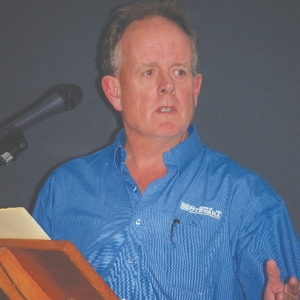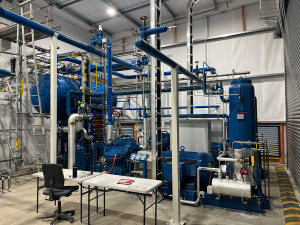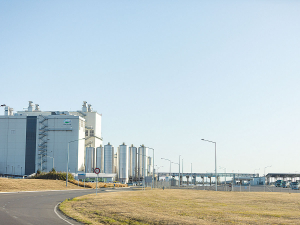Warrnambool-based dairy farm accounting specialist Garry Smith, from Coffey Hunt, told a recent dairy crisis meeting at Noorat that an average farm in his client base milking 450-500 cows would have to pay an extra a$150,000 for feed and a$10,000 for power this season.
That represents a 15% hike in feed prices and an average 50% increase in power costs.
The additional costs are compounded by a 10% drop in earnings with an estimated A$100,000 reduction in their milk price. He feared there would be only one more step-up this financial year.
Smith said increases in living costs and other farm costs were putting a tight squeeze on dairy farmers.
“That projected A$260,000 reduction in cash flow may need to be financed by some farmers and will reduce the farm profit in most cases,” he says.
“I’ve never seen it so bad.”
Smith says the flow-on effect was hurting rural communities. “It is hurting dairy service providers and rural regions. You can see why there are so many empty shops around.
“We need to let the politicians know the reality of the problem. We’ve got to get the message to Canberra and the message needs to be put out loud and clear.”
With costs rising and income slipping, farmers are also seeing property price plunge.
The price of dairy land in south-west Victoria has fallen by up to 45% as “motivated sellers” seek to offload their farms.
However, farmers are still having trouble finding buyers due to low levels of confidence and financial impediments facing young people trying to enter the industry.
Charles Stewart Real Estate Warrnambool branch manager Nick Adamson told the Noorat meeting it was a “tough gig” trying to convince people to buy dairy farms in the current climate.
Financially stressed farms have seen their value stripped by up to 45%.
“If a farmer is highly motived to sell, their land has probably fallen by 35-45%,” Adamson says. “Highly motivated means they are financially stressed which means their land often requires further capital investment to become a viable option.”
Adamson says the price of better quality farms without as much financial stress and not requiring capital investment from a purchaser had fallen 8-15% since the peaks of 2008-09.
He says Charles Stewart had 40 dairy farms for sale on its website from between Winchelsea and the South Australian border.
Some have been for sale for as long as two years.
“There has been a marked increase in the number of farms on the market, plus we have others not on the website. We’re only one of many companies selling dairy farms.
“From talking to industry colleagues and valuers, there is a complete over-supply at the moment,” he said.
Adamson adds that grazing industries were not much better placed and properties had fallen 20-25% in the same period.
He says people looking to enter the dairy industry needed $2-3 million.
“It’s hard to get young people in because of poor return on current investments and bank lending criteria.”
















